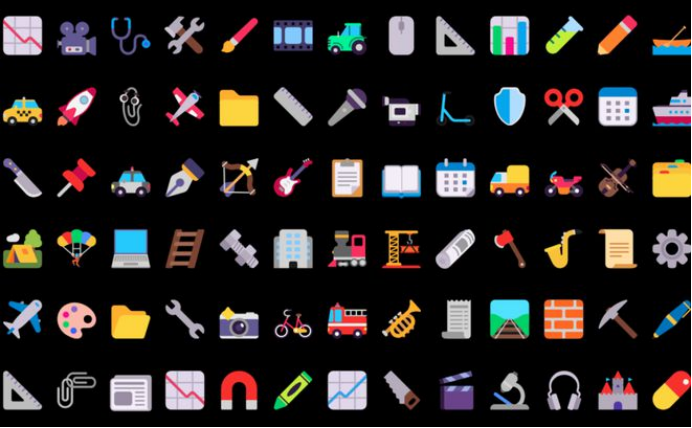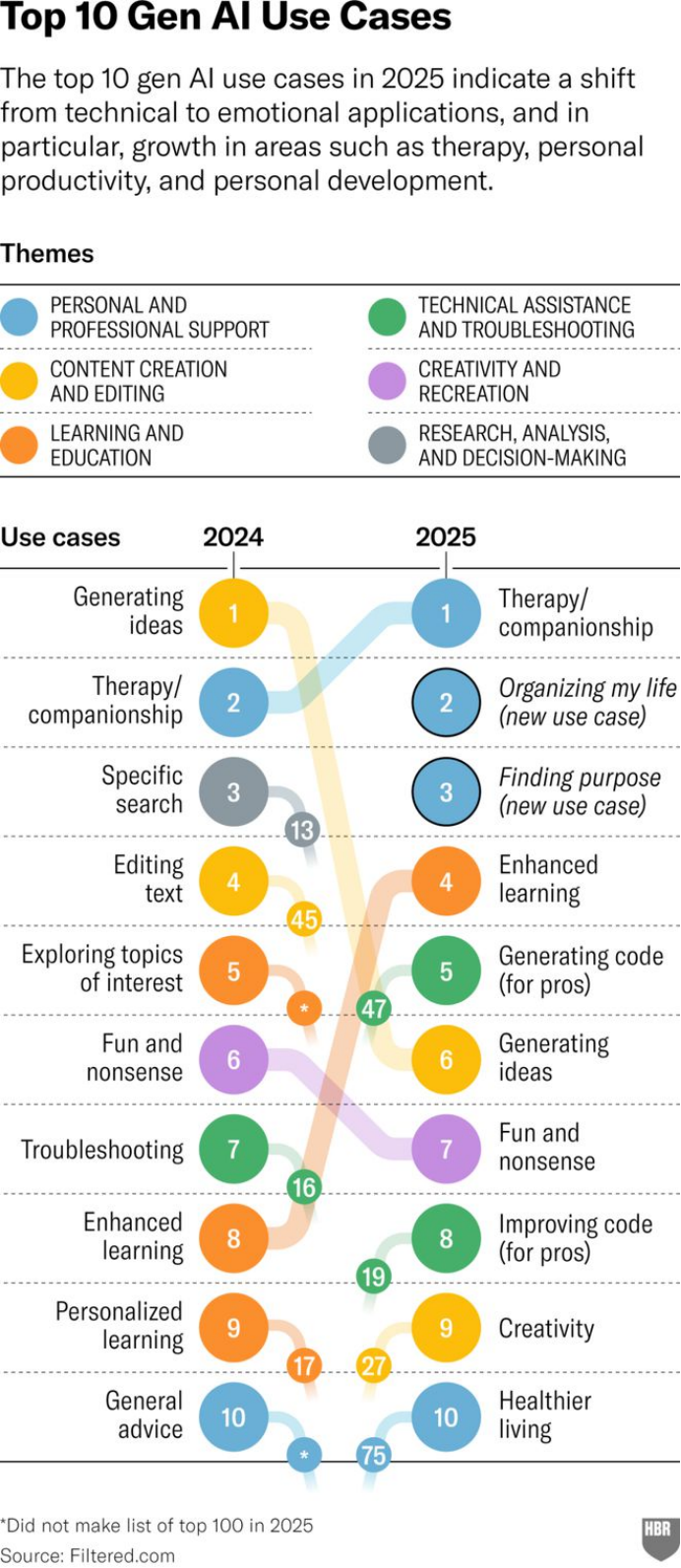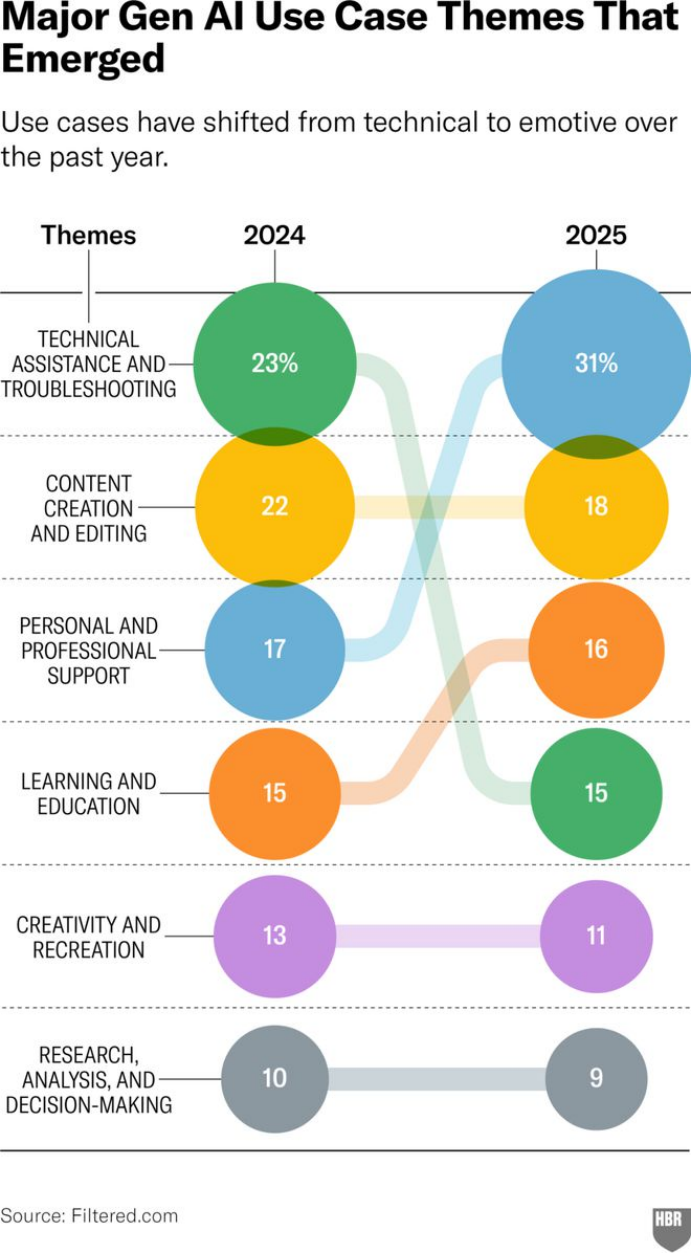Service hotline
+86 0755-83044319
release time:2025-04-12Author source:SlkorBrowse:1093

Over the past year, the hype around artificial intelligence (AI), generative AI (GenAI), and large language models (LLMs) has intensified, public interest has doubled, investments have surged, and governments have taken clearer stances. According to some, AI is inextricably linked to humanity’s future.
In reality, the AI industry has evolved significantly. It’s now “tailored” to meet niche needs, exemplified by GPTs. The emergence of new models like DeepSeek and Grok has introduced more competition and choice. When Google debuted its podcast generator NotebookLM, millions perked up. OpenAI rolled out multiple new models (now promising to unify them under a single interface). Chain-of-Thought (CoT) reasoning—where AI shares intermediate reasoning steps before delivering a final answer—sacrifices speed for depth and better solutions. Voice commands enable diverse interactions, such as using GenAI while driving. Meanwhile, costs have plummeted as access expands.
When people see others effectively using a technology and benefiting from it, they emulate them. Real-world use cases shift behaviors in ways that PR campaigns, thought leaders, and tech evangelists cannot match. To raise awareness and accelerate AI’s positive adoption, we mined hundreds of subreddits for practical examples.
This article replicates last year’s methodology for studying AI usage but expands the data scope to the past 12 months. I analyzed online forums (Reddit, Quora) and articles detailing specific technical applications. Reddit, likely due to its anonymity, again offered the richest insights. Each relevant post was categorized and tallied. After days of curation, 100 new use cases emerged, each cited individually.
The 2025 Top-100 Generative AI Use Cases Report ranks the year’s top applications by practicality and impact (qualitatively assessed by expert panels), with each entry accompanied by excerpts.

Results and Trends
Of the top 100 use cases, 38 are new, reflecting ongoing rapid evolution.
Figure | Top 10 Use Cases: A shift from technical to emotional applications, notably in (mental) therapy, personal productivity, and self-development.
1. (Mental) Therapy/Companionship leads, followed by 2. Organizing My Life and 3. Finding Purpose. These three reflect efforts toward self-actualization, marking a year of emotional and psychological adoption.
The 100 cases were grouped into 6 themes, with notable shifts from 2024:

Figure | Major GenAI Use Case Themes: “Personal & Professional Support” now dominates, eclipsing “Technical Assistance & Troubleshooting.”
What Are Users Doing with GenAI?
Below are select cases from the top 100, with excerpts illustrating how people leverage the technology:
1. Therapy/Companionship
“In South Africa, mental healthcare is virtually nonexistent—1 psychologist per 100,000 people and 1 psychiatrist per 300,000. Everyone can access LLMs for help. Sadly, when your health deteriorates, data security stops being a concern—survival takes priority.”
2. Organizing My Life
“I asked it to create a schedule for cleaning and organizing my house before guests arrived. It worked flawlessly.”
4. Enhanced Learning
“I’m self-studying data analysis via an online course. I use ChatGPT as a tutor to explain concepts skimmed over in lectures, then add insights to my notes. It’s solidified my understanding.”
10. Healthier Living
“Meal-planning spreadsheets drove me insane. Now, I ask for recipes tailored to my macros, shop with a list, and cook using an air fryer and rice cooker—effortless.”
24. Travel Itinerary Planning
“ChatGPT crafted a detailed vacation plan: countryside stays, dining spots, attractions, hidden gems—all while minimizing drive time. Perfection.”
83. Contesting Fines
“I got an £80 penalty for briefly entering a bus lane. ChatGPT drafted my appeal letter. The fine was canceled. Without AI, I’d have just paid out of laziness.”
The Purpose and Meaning of GenAI
Increasingly, people use LLMs to find purpose and refine themselves.
Therapy and companionship now top the list. These are distinct yet related: therapy offers structured support for psychological challenges, while companionship provides ongoing social and emotional connection—sometimes even romantic. Both address fundamental human needs for support and belonging.
Many users shared how AI therapy helped them process grief or trauma. Its advantages: 24/7 availability, affordability (often free), and non-judgmental interaction. While debates continue about AI’s therapeutic potential, recent studies suggest AI-generated responses are indistinguishable from human-written ones in complexity.
GenAI is increasingly embedded in professional services, from therapy and medical consultations to legal advice, tax guidance, and software development. At EY, this shift is underway. Simon Brown, EY’s Global Learning & Development Lead, explains they’re training employees in GenAI skills to deploy industry-specific agents, supporting 400,000 professionals—including 150 tax-focused agents.
The highest-ranking new category is “Organizing My Life”—using AI to clarify intentions (daily habits, New Year’s goals) and identify actionable steps. Users leverage personal GenAI subscriptions at home and work. Jared Spataro, Microsoft’s VP of Modern Work & Business Applications, notes: “One of AI’s most compelling roles is as a workplace assistant. When connected to your data—emails, chats, files, meetings—it offloads grunt work, becoming a thought partner. It reclaims time, boosting productivity and creativity.”
Another new theme is “Finding Purpose”—defining values, overcoming barriers, and taking self-development actions (e.g., next-step recommendations, problem reframing, focus maintenance).
AI also helps users overcome personal weaknesses: boosting confidence (#18), facilitating deep conversations (#29), and even simulating communication with the deceased (#33).
While experts predicted AI would first impact technical fields, this study suggests it may equally—or more profoundly—address innate human desires for creativity and fulfillment.
Can We Still Think for Ourselves?
Debates rage over whether LLMs enhance or erode critical thinking. One user admitted over-reliance: “I increasingly offload complex tasks to GPT instead of my brain.” Others argue the opposite: “If you don’t use it as a learning tool, you’ll stagnate professionally.”
Concerns are acute among younger generations. Many fear university education (#23) will suffer as AI generates high-quality, instant essays. Parents worry about K-12 education (#41), as LLMs complete homework in seconds.
Yet AI might also deepen thinking by reducing fear. Allie Miller, a Fortune 500 AI advisor, comments:
“We perform best with psychological safety—why not with AI? Judgment-free exploration makes it ideal for bold ideas, awkward questions, or half-formed goals. These cases foreshadow a future where the cost of turning a seed—a new website or personal transformation—into action nears zero.”
Users Are Wising Up
Multiple signs indicate 2025’s GenAI users better understand the technology, its creators, and the ecosystem—while remaining skeptical.
Data privacy concerns persist. Enthusiasm coexists with wariness about Big Tech’s data handling. One Reddit-style rant captures the mood:
“Too late: My bank, credit cards, Google, Bing, T-Mobile, dentist, and doctor have… deep breath… my texts, emails, voicemails, apps, photos, videos, location history, browsing data, saved passwords, contacts, calendar, social media, reminders, shopping lists, payment methods, loyalty cards, steps, sleep stats, screen time, streaming preferences, even takeout orders.”
Ironically, others complain LLMs lack sufficient memory: “The strict memory limits make no sense.”
Users now grasp a key principle: AI’s utility depends on clearly articulating intent. Prompt quality has also improved—often optimized via AI itself.
Still, online forums host polarizing views. GenAI is hailed as “the most magical invention” or dismissed as “useless”—even “inherently malicious.”
What’s Next?
Online speculation abounds. Predictions swing between utopia and dystopia. A nuanced hope is LLMs evolving from advice-giving to agentic behavior—e.g., “automatically canceling subscriptions before they charge me.”
Last year, I predicted blandly: “AI will keep evolving, and so will our uses for it.” I’ll repeat that. See you in 2026.

Figure | 100 Use Cases of GenAI in Action









Site Map | 萨科微 | 金航标 | Slkor | Kinghelm
RU | FR | DE | IT | ES | PT | JA | KO | AR | TR | TH | MS | VI | MG | FA | ZH-TW | HR | BG | SD| GD | SN | SM | PS | LB | KY | KU | HAW | CO | AM | UZ | TG | SU | ST | ML | KK | NY | ZU | YO | TE | TA | SO| PA| NE | MN | MI | LA | LO | KM | KN
| JW | IG | HMN | HA | EO | CEB | BS | BN | UR | HT | KA | EU | AZ | HY | YI |MK | IS | BE | CY | GA | SW | SV | AF | FA | TR | TH | MT | HU | GL | ET | NL | DA | CS | FI | EL | HI | NO | PL | RO | CA | TL | IW | LV | ID | LT | SR | SQ | SL | UK
Copyright ©2015-2025 Shenzhen Slkor Micro Semicon Co., Ltd